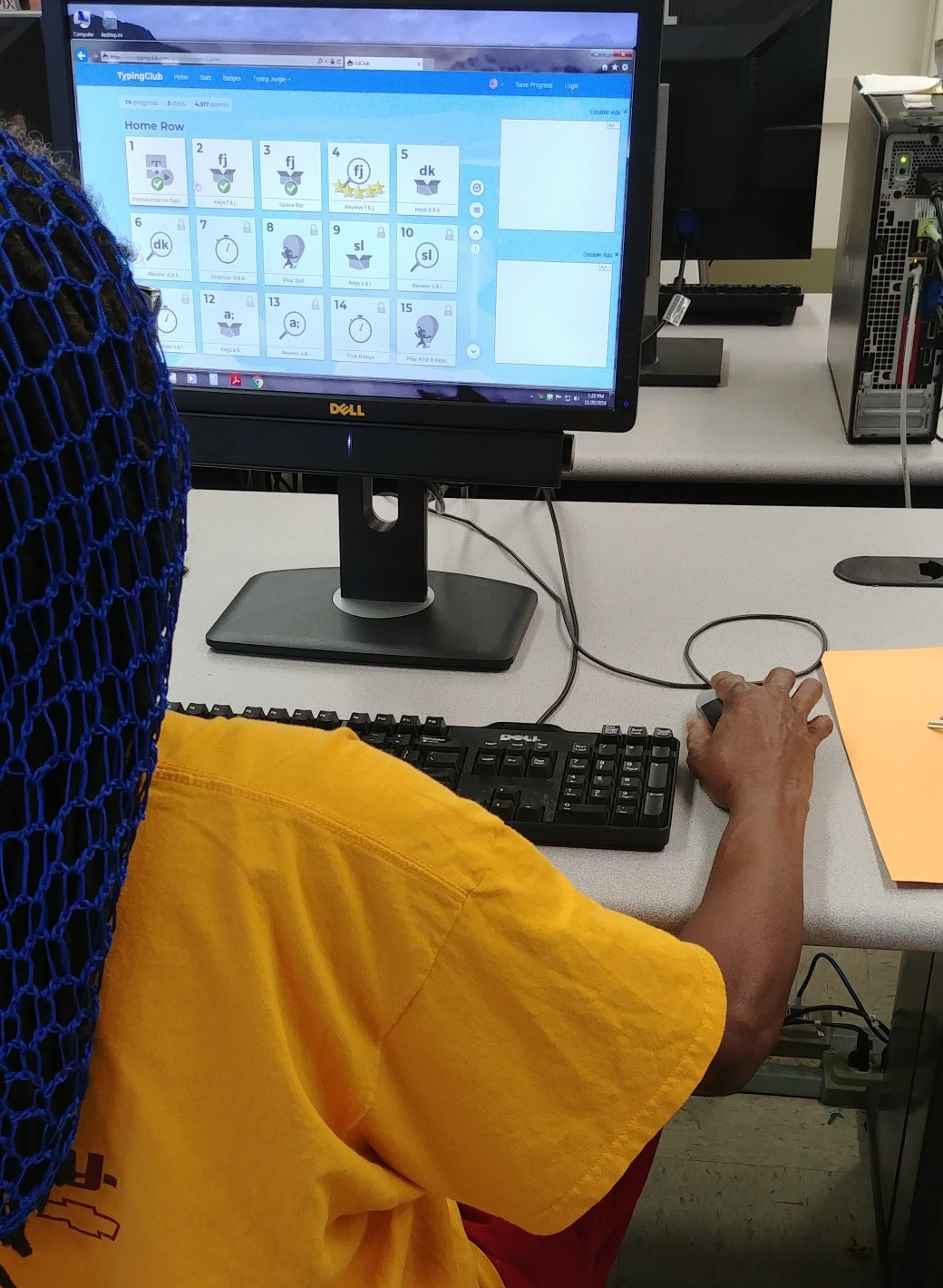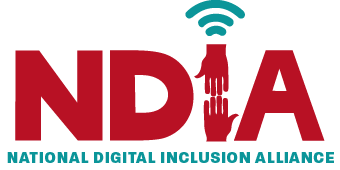Chapter 2: Choosing your focus—How community digital inclusion programs approach the five elements

As a practical matter, most community digital inclusion programs serving disadvantaged, unconnected community members concentrate on some combination of the first four elements: affordable internet access, affordable devices, digital literacy training and/or tech support.
Most digital beginners need help with all four—and if they are low-income, they need them all to be free or very affordable, so this manual focuses on starting up community-based training, device and network-access programs. The fifth element, applications and content development, is being addressed by civic-technology organizations such as Code for America.3 It is a known problem that applications and content development are often developed for, not with, the populations that they are intended to serve.4
Your program might address only one or two of these elements. It’s very common for digital inclusion programs to focus exclusively on basic computer and internet skills training...or on providing low-income families with cheap, refurbished computer systems...or on a low-cost access resource such as a public computer lab, a free Wi-Fi network or very cheap “fixed 4G” subscriptions.
What’s also common, fortunately, is collaboration within the same community to help community members be fully connected. Some communities have strong and diverse digital inclusion ecosystems. Others are lacking one or more of the digital inclusion elements. Additionally, because digital inclusion work is so rooted in trusted relationships, multiple organizations may and should be providing similar services if those services serve a different geography or population.
A common scenario of a functional digital inclusion ecosystem: Community training centers provide free basic digital literacy classes (in-person, remote or online) and discount internet options, then refer their graduates to local refurbishers for cheap computers. Refurbishers and community internet service providers help their customers find training opportunities. Local libraries offer digital literacy classes along with public access, Wi-Fi and internet/device lending and often refer their patrons to nonprofit partners for additional classes, refurbished computers and home access.
Your program’s focus will depend on your goals, your capabilities and resources, your analysis of community need, the priorities and limitations of your sponsoring organization, etc. As you identify that focus, be sure to consider how the people you serve will get access to all of the elements of digital inclusion. If your planned focus is limited, do potential partners providing the other elements exist in your community? Are you talking with them? Do you have some understanding of how they operate, what opportunities or problems you might create for them and what they offer for people you might refer to them?
Also consider whether your program might duplicate or even compete with existing community efforts. If so, are you adding capacity for a community that truly needs it?
References
- [3]
- Code for America, accessed March 3, 2019, https://www.codeforamerica.org/
(Back to text)
- [4]
- Diversity in High Tech, (Washington, D.C.: U.S. Equal Employment Opportunity Commission, 2016), https://www.eeoc.gov//eeoc/statistics/reports/hightech/index.cfm
(Back to text)
